Retaining Top Talent: Why Employee Retention Saves Money
In challenging economic times, maximizing resources is essential for business survival and growth. One of the most significant assets a company possesses is its employees—particularly top talent who drive innovation, efficiency, and customer satisfaction. High employee turnover can be costly, both financially and in terms of lost productivity and morale. By focusing on employee retention, businesses can save money and build a stronger, more resilient team.
1. Understanding the Costs of Turnover
A. Direct Financial Costs
- Recruitment Expenses: Advertising job openings, agency fees, and administrative costs associated with hiring.
- Training and Onboarding: Time and resources spent bringing new employees up to speed.
B. Indirect Costs
- Lost Productivity: New hires may take months to reach the productivity levels of their predecessors.
- Customer Impact: Relationships may suffer if clients have to interact with new, less experienced staff.
- Team Morale: Frequent departures can lower morale and increase stress among remaining employees.
2. Strategies for Retaining Top Talent
A. Provide Competitive Compensation and Benefits
- Regular Salary Reviews: Ensure compensation remains competitive within your industry and region.
- Comprehensive Benefits: Offer health insurance, retirement plans, paid time off, and other perks that matter to employees.
B. Foster Career Development Opportunities
- Professional Growth Paths: Create clear advancement opportunities and support career aspirations.
- Training and Education: Invest in ongoing training, workshops, and tuition reimbursement programs.
C. Cultivate a Positive Work Environment
- Company Culture: Promote a culture of respect, collaboration, and inclusivity.
- Work-Life Balance: Encourage flexible working arrangements and respect personal time.
D. Recognize and Reward Achievements
- Regular Feedback: Provide constructive feedback and acknowledge accomplishments.
- Incentive Programs: Implement bonuses, awards, or recognition programs to reward exceptional performance.
E. Encourage Open Communication
- Transparent Leadership: Keep employees informed about company goals and changes.
- Employee Input: Create channels for employees to voice ideas and concerns.
3. The Return on Investment (ROI) of Retention
A. Enhanced Productivity
- Experienced Workforce: Long-term employees are more efficient and require less supervision.
- Knowledge Retention: Maintaining institutional knowledge improves decision-making and innovation.
B. Cost Savings
- Reduced Hiring Costs: Lower recruitment and training expenses associated with turnover.
- Improved Customer Satisfaction: Consistent staff can build stronger relationships with clients.
C. Stronger Company Reputation
- Employer Branding: High retention rates enhance your reputation as a desirable employer, attracting top talent.
4. Measuring Retention Efforts
A. Monitor Key Metrics
- Turnover Rates: Calculate and analyze turnover to identify trends.
- Employee Satisfaction Surveys: Regularly assess morale and engagement levels.
B. Conduct Exit Interviews
- Gather Insights: Understand why employees leave to address underlying issues.
- Implement Changes: Use feedback to improve policies and practices.
Conclusion
Retaining top talent is not just about keeping employees—it's about investing in the future of your business. By creating an environment where employees feel valued, challenged, and supported, you reduce costs and build a team capable of driving long-term success. Remember, the best way to save money is to invest wisely in the people who make your business thrive.

